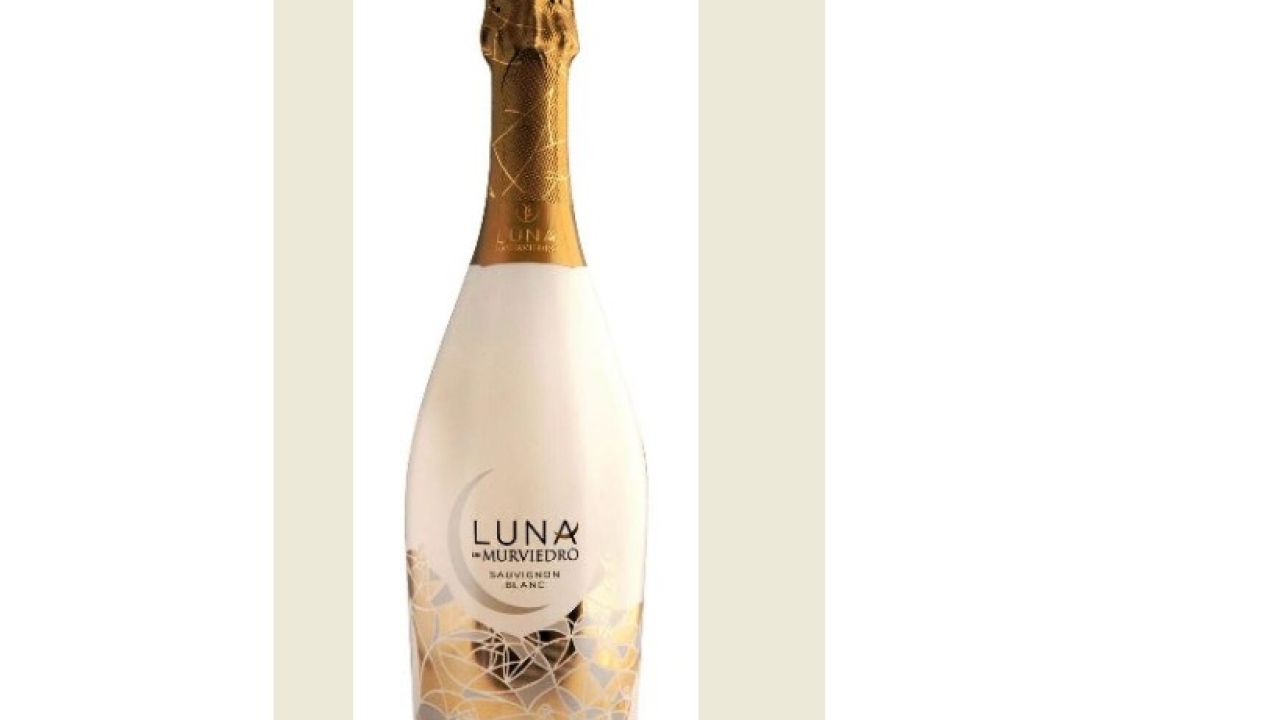Shrink sleeve labeling – opportunities and challenges

Nevertheless, growth in the new millennium has been impressive, with sleeve technology becoming ever-more sophisticated, creating new applications and markets, adapting to the potential of narrow web and digital printing for shorter runs, as well as multiple versions and variations, personalization, different types of application machinery, and much more. There is also no doubting that brand owners and marketing teams have become very attracted to sleeves ‒ and it’s not difficult to see why: high quality, full body decoration, maximum 360-degree branding space, the potential to decorate complex and intricate shapes, the ability to add tamper evidence, and also offer abrasion resistance and waterproofing of the printed image.
Traditionally produced using mid-to-wide web flexo and gravure printing, sleeve labels are also now being increasingly produced using narrow web flexo and digital printing processes, and becoming integrated into a label converter’s portfolio of label decoration options. However, while sleeve label production might seem to be just another printing opportunity for existing label converters, it has to be understood that it is far more complex than just printing on a film, or producing self-adhesive labels.
There are many different films with different degrees of shrink capability that need to be clearly understood, plus a knowledge of the image distortion process during origination and pre-press, as well as knowing the shrinkability and demanding performance requirements of inks, the demands of the seaming process, and understanding how printed sleeves will perform in shrink tunnels and during shrinkage.
A key challenge associated with shrink sleeve decoration is undoubtedly origination. The origination must be created with an element of distortion that predicts the level of shrink such that when the printed film is shrunk onto the container, it will appear proportionate and not be misshapen. Get everything right however, and the results can look quite superb on the supermarket shelves.
Branding
What we see in the market today is high quality, full body container decoration that maximizes branding real estate on the container. It offers the decoration of complex and intricate shapes. Additionally, shrink sleeve labeling has expanded to cans, providing smaller beverage customers with a more cost-effective option to ordering vast quantities.
Other advances include the incorporation of tamper evidence into the sleeve and providing hidden coding inside the sleeve as well. Contemporary shrink sleeve labels may enable reduced wall thickness of plastic and glass bottles, yet increase container strength and rigidity. Generally speaking, shrink sleeve films are durable, abrasion resistant and waterproof – the image is printed on the inside of the sleeve, as mentioned – all making shrink sleeve labels a more and more compelling product decoration method today.
We have also observed the expansion of shrink sleeve labeling beyond just high volume applications. Digital pre-press has brought greater levels of sophistication and technology to shrink sleeving and as a result, we have seen narrower and mid web presses – rather than just wide web presses – getting in on the action. Furthermore, there have been improvements in flexo, UV inks, UV LED inks and digital printing technologies. With these advances, converters are now able to ask the question, ‘Can we produce sleeves on the technology that we’re using now?’
Innovation continues to expand and develop the shrink sleeve label market. Recent advances include color change and glow-in-the-dark sleeves, limited edition and personalized sleeves, hidden prizes and coupons, multipacks, biodegradable films and co-extruded films, microwaveable sleeves, and advances in shrink tunnel technology. Additionally, the sleeve industry has introduced full-length container decoration on complex-shaped containers, combined body label and tamper evidence, 360-degree decoration, a wide range of finishes such as matte, gloss and pearlized, reduced wall thickness of plastic containers, and UV barrier properties.
With so much growth potential in virtually every part of the world, the opportunities that this label technology presents to converters – not to mention the market in general - is virtually limitless. Brand owners are eager to employ the technology and share their brand’s story with consumers at the point of sale, and consumers are drawn to the shapes, designs, colors and textures that shrink sleeve labels bring to life on the containers of products that they purchase. Shrink sleeve labeling will continue to inspire the market for years and decades to come.
This opinion was published in L&L issue 5, 2017.
Stay up to date
Subscribe to the free Label News newsletter and receive the latest content every week. We'll never share your email address.


